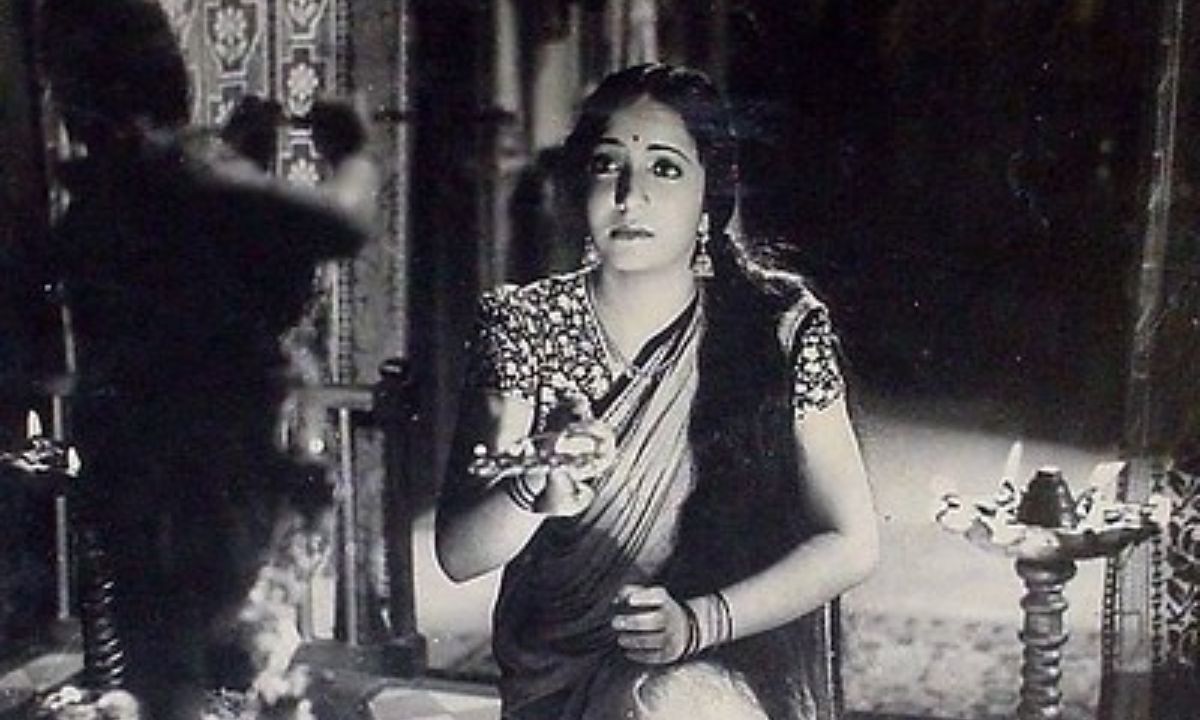The story of Indian cinema dates back to the early 1910s when Dadasaheb Phalke laid the foundation for motion pictures in the country. However, the real transformation came with the advent of talkies, which gave rise to iconic screen personalities—what we now call superstars. Among the earliest luminaries of Indian cinema were KL Saigal, Karan Dewan, and Ashok Kumar. Alongside them, a young actress took the industry by storm, setting records that would remain unbroken for nearly 80 years.
Mumtaz Shanti was one of the pioneering female stars in what would later become Bollywood. Her journey began in Punjabi films as a child artist in 1937. By 1942, she had transitioned to lead roles, starring in Mangti. The same year, she made her Hindi film debut with Basant, at just 16 years old. The film became a major box-office success, running in cinemas for an impressive 76 weeks and emerging as the highest-grossing Indian movie of the year. The following year, Mumtaz solidified her superstar status with Kismet, the first Indian film to cross the ₹1 crore mark. At just 17, she earned the title of ‘Jubilee Girl’ as all four of her releases turned into major hits.
Mumtaz Shanti continued her winning streak with films like Ghar Ki Izzat (1948) and Aahuti (1950). She starred alongside the biggest names of the era and even played senior roles opposite rising stars like Dilip Kumar. Her dominance on the silver screen made her one of the most sought-after actresses of the time.
By the late 1940s, Mumtaz married filmmaker Wali Sahab. While she continued acting for a short while after marriage, her focus soon shifted towards family life. In 1952, she and her husband relocated to Pakistan, marking the abrupt end of her flourishing film career at just 26 years old. She spent the rest of her life in Lahore, where she passed away in 1989 at the age of 63.
Mumtaz Shanti’s cinematic achievements left an enduring mark on Indian film history. The records set by her films remained unbeaten for decades. For example, Kismet ran continuously in a single theatre for three years—a record that stood until 1978, when Sholay surpassed it, followed later by Dilwale Dulhania Le Jayenge. Her films Basant and Kismet remained among the 50 most-watched Indian films until 2021, underscoring her lasting influence on cinema. Mumtaz Shanti’s journey from child artist to legendary actress is a testament to her remarkable talent and contribution to Indian cinema’s golden era.




